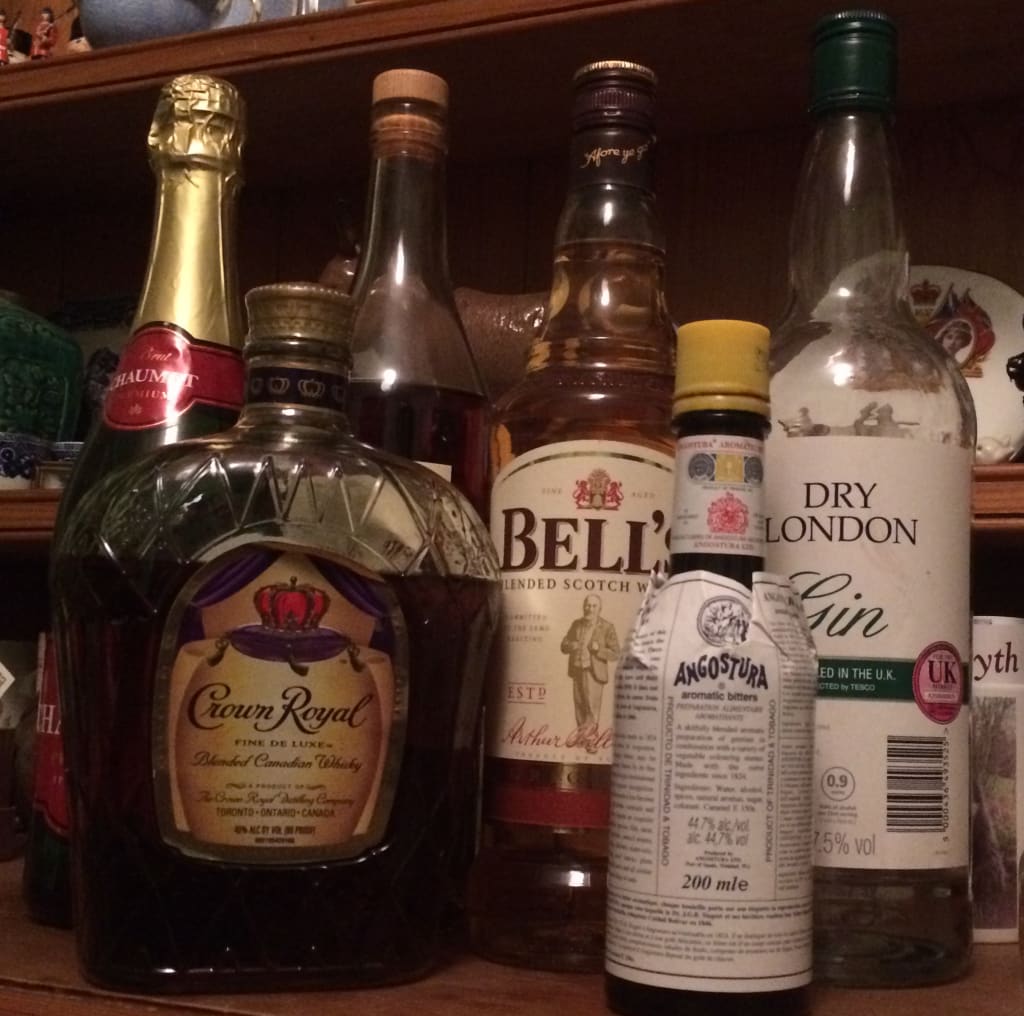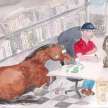What! No Angostura Bitters
From Simon Bolivar's army to bars across the world—except one

A PERSONAL HISTORY
All the bars I have worked in or been a customer of there has always been a bottle of Angostura Bitters, clearly visible, standing amongst the exotic liqueurs and spirits waiting to be alchemised into cocktails and speciality drinks. That is, all bars except one.
I was having dinner with my wife and a friend one Saturday evening. It fell to me, once we had found a table, to order the food and the drinks. The food was no problem but one of the drinks was. All I wanted was a glass of American Dry Ginger with some Angostura Bitters added for some extra aroma and flavour, which I believe to be known as a ‘Horse's Neck.’
The person behind the bar, no more than 21 or 22 years old, served me with a glass chunked full of ice and topped up with the ginger ale.
“What else was it you needed, sir?” they asked.
“Some Angostura Bitters please?” I replied.
NOTE: Here in the UK, ‘bitter’ is another name for dark beers served from a beer pump.
The bar person walked along the length of the bar looking left and right and then returned.
“I can’t find any Angostura Bitters. We have other bitters from Ringwood Brewery and Fullers Brewery, but nothing from the Angostura brewery”.
“It isn’t a beer. It’s a flavouring to mix into cocktails. Comes in a small bottle with a white label and is about this big” I replied while demonstrating the size with my hands.
“I’ll just check with the manager,” he replied beginning to give the look as if I was from another planet let alone another generation.
The bar person returned with whom I presumed was the manager.
“I am sorry sir. We have never heard of this, this Angostura Bitter. Are you sure it isn’t a beer? We have beers from Ringwood Brewery, but we have never heard of the Angostura Brewery,” the presumed manager told me.
“It’s okay, thank you. Don’t worry,” I replied as I carried our drinks back to our table.
When I was about 20 or 21, I worked behind the bar of a high end restaurant which as well as meals served drinks, and was a haunt of several of the locals. It was on my first morning behind the bar and my manager had gone off to deal with something in the kitchen that my first customer came in.
“Pink gin please, young man” he said as he walked past the bar and took a seat by the open fire where he waited for his drink to be served.
Pink Gin? I had heard of the usual brands of gin, such as Gordon’s, Gilbey’s and Plymouth’s gin, but never pink gin. I tried not to panic as I searched along the standing bottles for ‘Pink Gin.’ My first morning, my first customer, and I was going to foul up.
Luckily my manager returned from the kitchen. I explained my problem.
"The captain. Every Monday morning about this time, he pops in for his pink gin just before lunch. I’ll show you what he has,” my manager said.
At that he put two measures of Plymouth’s gin in a glass, and then, from the Angostura bottle, shook three drops of the dark liquid into the gin. It sank into the white spirit like a drop of colour into water from a painter’s brush. It whorled and swirled around by itself for a couple of seconds before fully diluting and giving the previously clear gin a pink tinge. The glass was placed on a tray with a small jug of water.
I took the tray over to the ‘captain’ and placed the glass and jug of water on the table.
“New here?” he asked.
“Yes sir, first morning,” I replied.
“Hope you can make a decent pink gin?” the captain asked.
He poured some water into the glass and took a sip of the pale pink liquid.
“Good God young man. That is one of the best I have had. It’s as good as your manager mixes for me. Well done!” he exclaimed.
I didn’t correct him and accepted the small tip he handed me.
Ever since those, how shall I say; formative years behind various bars, I have kept a bottle of Angostura Bitters in the drink’s cupboard. It is there to mix with ginger ale, cokes (the drink type) and to be added to alcoholic drinks like whisky when enjoyed with a mixer. It is also there for purely medicinal purposes for upset stomachs when mixed with water or ginger ale, which was its original raison d’ etre nearly 200 years ago.
WHAT ARE THE INGREDIENTS?
It is made from a blend of herbs and spices that grow in the Caribbean. The exact ingredients and their exact formulation are only ever known by one person in the world at a time. So, the short answer is ‘no one really knows’.
A BRIEF HISTORY
It was developed in the early 19th century by Johann Gottlieb Benjamin Siegart who at the time was the surgeon general to Simon Bolivar’s army. Primarily it was developed as a tonic to ease stomach upsets. This explains why it is widely used by the Royal Navy in their wardrooms; to stave off sea sickness. Siegart started to sell it commercially in 1824 and ever since then it has been regular feature behind bars around the world from Hong Kong to New York and to London except for one hostelry near Ringwood in Hampshire here in England.
WHAT ARE ITS USES?
‘Limitless,’ is the simple answer.
The Angostura website lists twenty-five cocktails and twenty-five recipes that use this aromatic herbal infusion that once quelled the stomachs of a revolutionary army nearly 200 years ago.
About the Creator
Alan Russell
When you read my words they may not be perfect but I hope they:
1. Engage you
2. Entertain you
3. At least make you smile (Omar's Diaries) or
4. Think about this crazy world we live in and
5. Never accept anything at face value






Comments
There are no comments for this story
Be the first to respond and start the conversation.